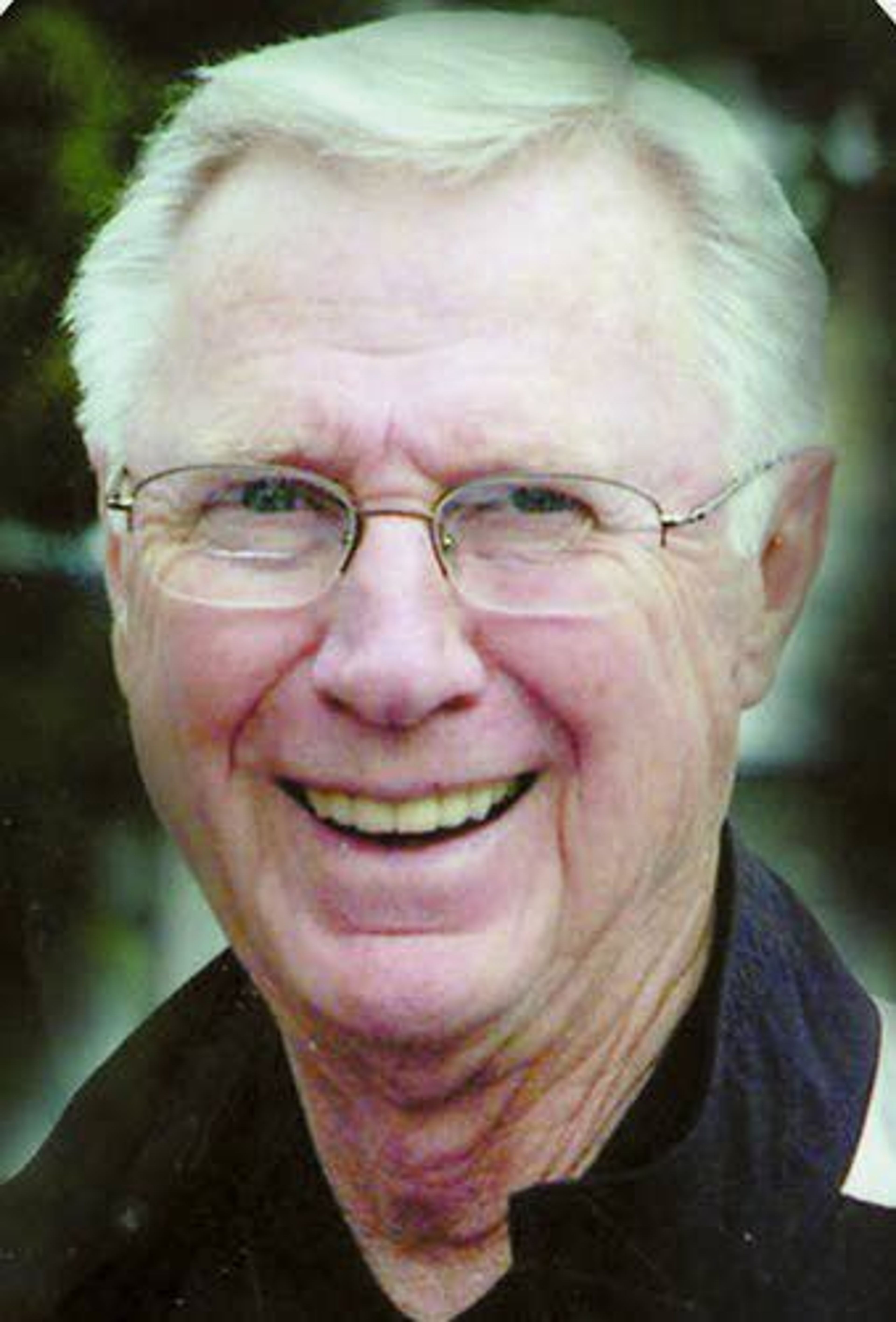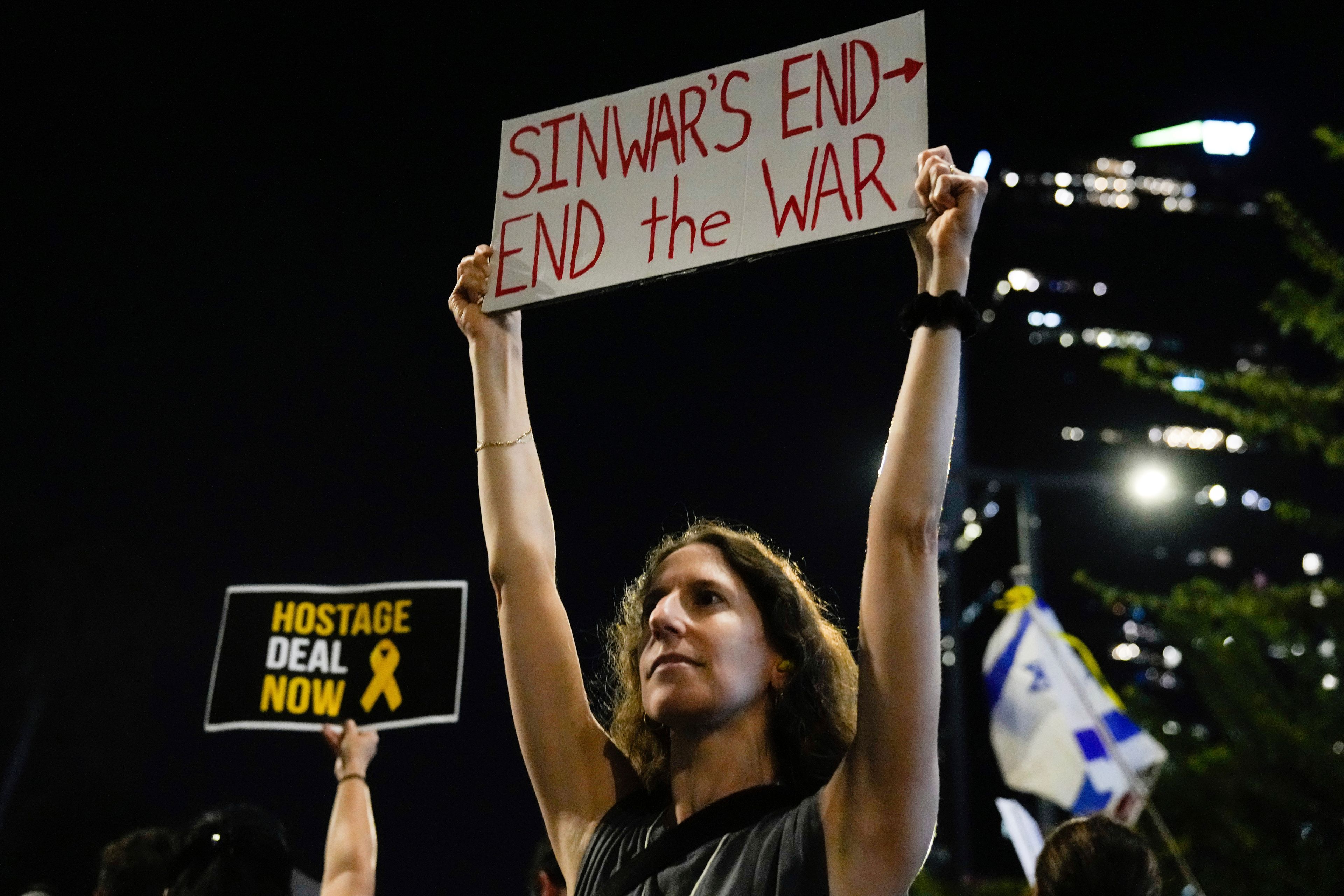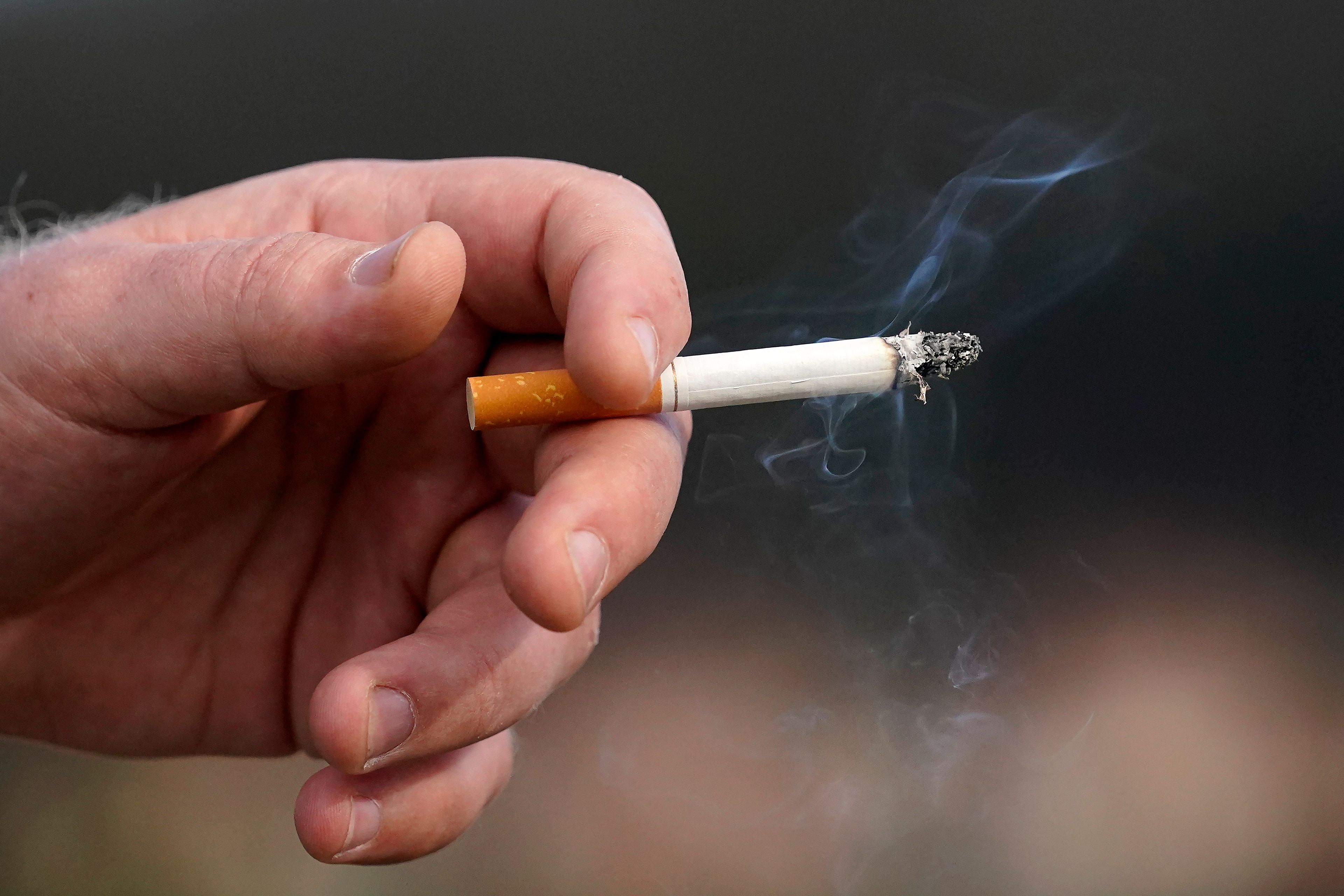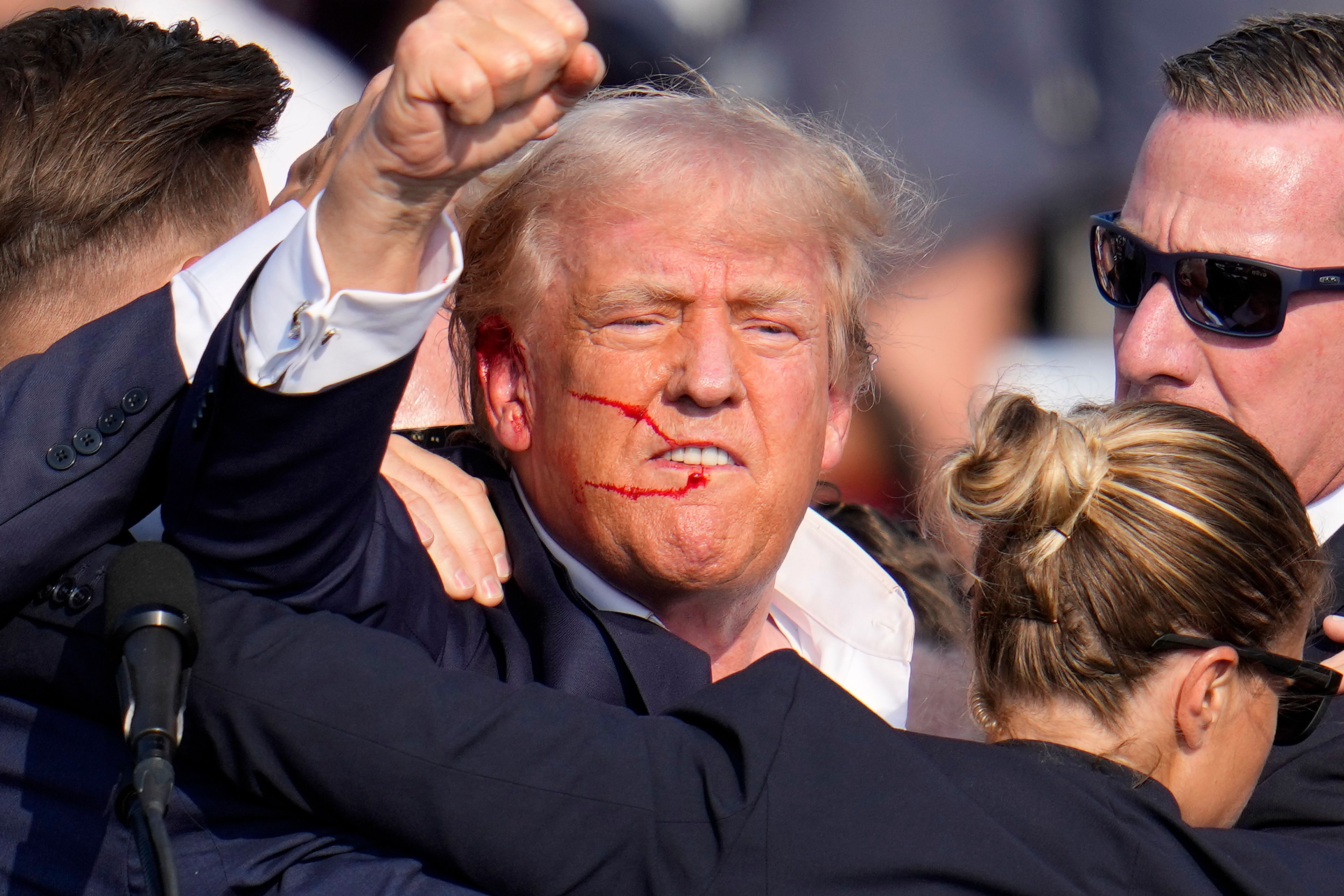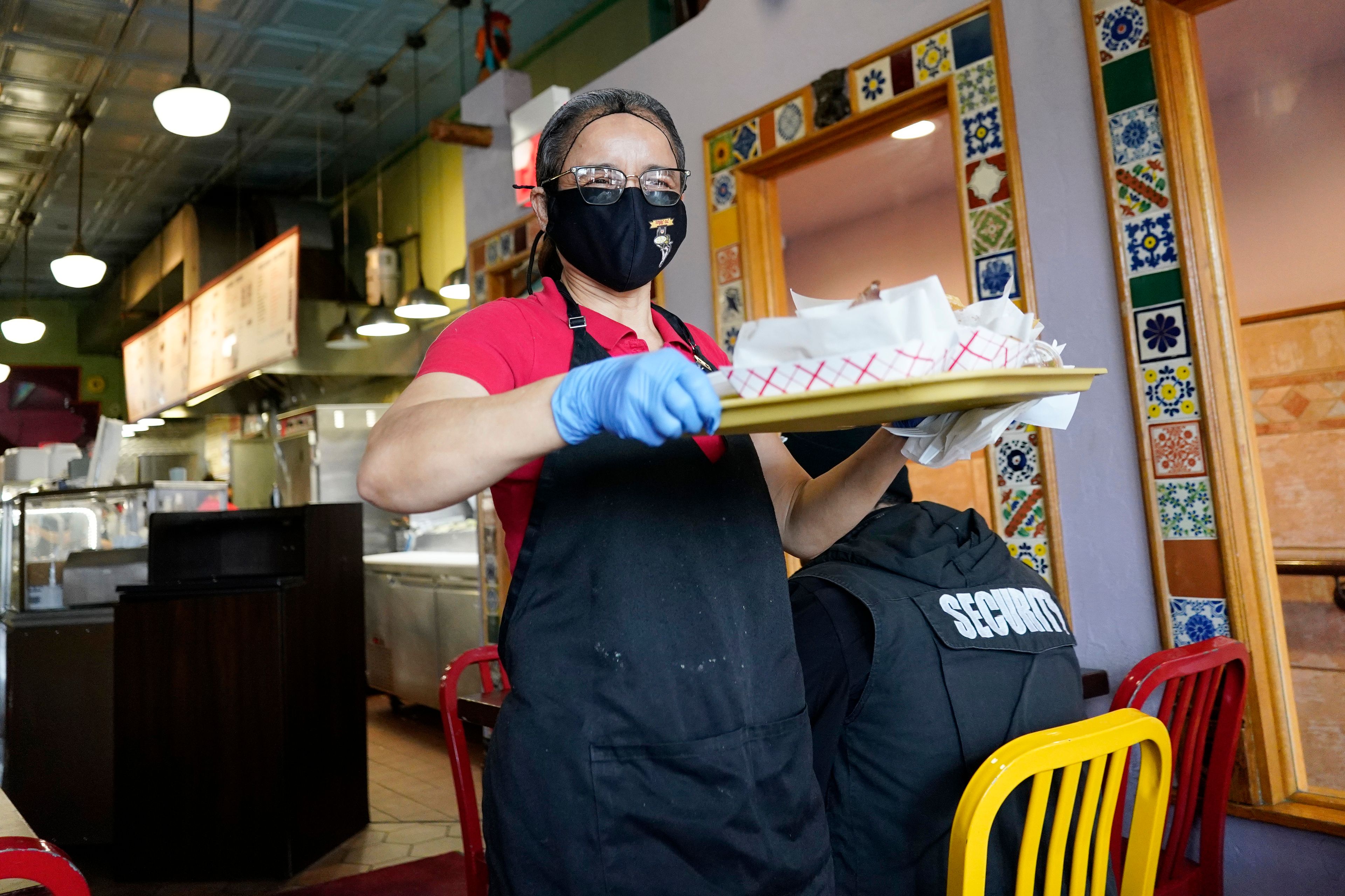The attempted assassination of former President Donald Trump made me think of past presidents and one Idaho governor who have been assassinated.
Most U.S citizens know about the assassinations of Presidents Abraham Lincoln and John F. Kennedy, but not much about the assassinations of Presidents James Garfield and William McKinley. Before I discuss the deaths of those four presidents, I want to tell you about former Idaho Gov. Frank Steunenberg. He was our governor from 1897 to 1901. The International Workers of the World, known as the IWW or Wobblies, had never forgiven Gov. Steunenberg for using force to stop the riots in the Coeur d’Alene mining region.
Steunenberg retired to his home in Caldwell, where he was killed in 1905 by a bomb that was attached to his home yard gate that was rigged to explode when the gate was opened. An immediate $25,000 reward was offered, and a man named Harry Orchard was arrested. He confessed and said the IWW leaders hired him to assassinate Steunenberg.
The huge trial attracted much attention with more than 50 reporters from the nation’s largest newspapers covering it. A famous attorney, Clarence Darrow from Chicago, led the defense and future Idaho Gov. James Hawley led the prosecution. Hawley was assisted by young lawyer William Borah, who went on to serve many years as one of Idaho’s U.S. senators. Things in Idaho named for Borah include Mount Borah, a high school in Boise, and more. The union leaders were not convicted, but Orchard was convicted of the governor’s murder and spent the rest of his life in the Idaho State Prison until his 1954 death.
Belle Steunenberg, the governor’s widow, wrote to and visited Orchard in prison. There are still relatives of Gov. Steunenberg alive. A Caldwell friend of mine, the late Bill Crookham who served in the Idaho Legislature, was related to the governor. There is a bronze statue of Gov. Steunenberg in front of the Idaho Capitol building.
Assassination attempts and plots on U.S. presidents have been numerous. More than 20 attempts to kill sitting and former presidents, as well as the presidents-elect are known. The assassination of President Lincoln took place April 14, 1865, when he was shot in the back of his head by Confederate sympathizer John Wilkes Booth. Lincoln and his wife, Mary Todd Lincoln, were attending a play. He died the next morning. Booth was shot and killed on April 26, 1865.
President Garfield was shot and killed in Washington, D.C., on July 2, 1881, and died 11 weeks later. His assassin, Charles Guiteau was executed by hanging June 30, 1882.
President McKinley was shot and killed at the PanAm Exposition by Leon Czolgosz in Buffalo, N.Y. Czolgosz was executed by electric chair Oct. 29, 1901.
President John F. Kennedy was shot and killed Nov. 22, 1963, in Dallas while riding in a motorcade with his wife Jacqueline. Lee Harvey Oswald was arrested shortly after, and Nov. 24, 1963, while he was handcuffed to a detective, Oswald was shot and killed by Kennedy supporter Jack Ruby. I remember the day well because I was a 30-year-old eighth grade teacher at Asotin. I received a phone call from Etta Bolick, the parent of Barbara, a student in my class. Mrs. Bolick told me about Kennedy’s death.
The next few days, Asotin and the nation mourned and school was canceled. At the time, my beloved late wife Barbara was 24, daughter Jolyn was 4 and son Doug was a year old.
Let’s take a look at failed assassination attempts. On Jan. 30, 1835, a man named Richard Lawrence aimed two pistols at President Andrew Jackson, but the pistols misfired. Jackson beat him severely. Lawrence was found guilty by reason of insanity and confined to a mental institution.
In August 1864, a rifle shot missed President Lincoln by inches.
In 1912, three years after he left office, former President Theodore Roosevelt was shot in the chest by John Schrank. Schrank was found insane and institutionalized.
On Nov. 19, 1928, President-elect Herbert Hoover escaped an attempt to blow up his railroad car in Argentina. On Feb. 15, 1933, just three weeks before Franklin Roosevelt was to take office, a man named Gieseppe Zangara fired five shots at him. It was in Miami, and FDR was not hurt, but four people were injured and Chicago mayor Anton Cermak was killed. Zangara was found guilty and executed March 20, 1933.
On Nov. 1, 1950, two activists attempted to kill President Harry Truman in Washington, D.C. White House Police officer Leslie Coffelt was killed when he killed the attacker. The would-be assassin was sentenced to life in prison.
Before he was assassinated, President Kennedy was threatened by Richard Pavlick on Dec. 1, 1961. Pavlick was imprisoned for six years. On Nov. 2, 1963, an attempted assassination of President Kennedy was stopped by an FBI tip-off.
On April 13, 1972, Arthur Bremer intended to shoot President Richard Nixon, but did not because of strong security. A few weeks later he shot and injured Alabama Gov. George Wallace. On Feb. 22, 1974, Samuel Byck planned to kill Nixon by crashing a commercial airliner into the White House. On the ground, he shot the pilot and copilot, but he was shot and killed himself.
On Sept. 5, 1975, in Sacramento, Calif., Lynette Fromme drew a pistol on President Gerald Ford but was stopped by a Secret Service agent. Fromme was sentence to life in prison, but was released in 2009. On Sept. 22, 1975, in San Francisco, Sara Jane Moore fired a revolver at Ford but missed because a bystander grabbed Moore’s arm. Moore was sentenced to life in prison, but was released after 30 years.
Raymond Harvey was arrested in Los Angeles on May 5, 1979, carrying a starter pistol 10 minutes before President Jimmy Carter was to give a speech. Harvey had a history of mental illness, but was jailed and later released for lack of evidence. On March 30, 1981, President Ronald Reagan and three other men were shot and wounded in Washington, D.C. Reagan was seriously injured. The attempted killer was John Hinckley who was deemed mentally ill and confined to an institution.
After President George H.W. Bush left the White House, bombs were smuggled into Kuwait to kill him by car bomb, but the plot was stopped.
There were four different assassination plots against President Bill Clinton. One was to kill him while he was jogging in 1994. Another was when a man flew a single engine plane onto the White House lawn. The man was killed when the plane crashed. On Oct. 29, 1994, a man fired 29 shots at the White House, but he was tackled and sentenced to 40 years in prison. In 1996, in Manila, a bomb was discovered under a bridge where Clinton’s motorcade drove.
On Feb. 7, 2001, Robert Pickett shot several times at the White House when George W. Bush was president. The Secret Service wounded Pickett and he was sentenced to three years in prison. On May 10, 2005, in Russia, a grenade was thrown at Bush but it failed to explode.
A scare came in Denver at the 2008 Democratic National Convention when a rumor said three men planned to assassinate Barack Obama, but there was no threat. On Oct. 22, 2008, two men were arrested and sentenced to prison for their plan to shoot Obama. In April 2013, a letter filled with poison was sent to President Obama.
Being president is a dangerous position.
Riggs, 90, is a lifelong Lewistonian. He’s an avid Warriors fan, a retired educator, coach and school superintendent and volunteers his time at the Nez Perce County Historical Society. He can be reached at bdriggo@gmail.com.
